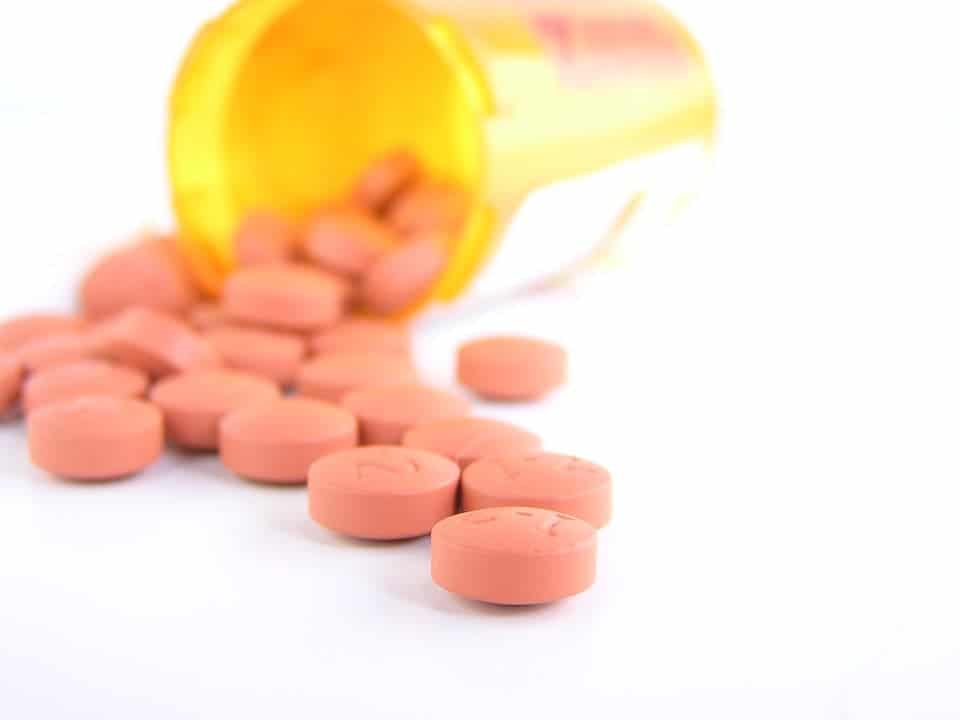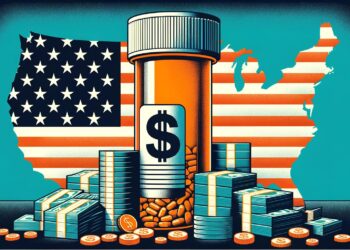
Generic anti-platelet drugs, which are effective for arterial circulation, work just as well for heart patients as the established brand-name drugs, according to Canadian researchers. The study found that the switch saved the Ontario Drug Benefit Program $32 million Canadian dollars on medications alone.
Just as good — for the fraction of a cost
Dennis Ko, who is the lead study author and senior scientist at the Institute for Clinical Evaluative Sciences (ICES) in Toronto, and colleagues devised a methodology to evaluate the safety of generic medications in the real world setting. They analyzed outcomes from a study cohort, which included 24,530 patients over age 65, of whom 12,643 received Plavix and 11,887 received generic clopidogrel. The patients were prescribed the drugs after hospitalization for a heart attack or heart-related chest pain in Ontario, Canada. In 2012, the patent for Plavix expired and the Ministry of Health began to automatically prescribe the generic alternative in favor of the brand name drug.
The researchers found that generic version, which is far cheaper, did not cause any significant difference in health outcomes for heart-attack and chest pain patients. Clopidogrel patients were no more likely to die from any cause or be re-hospitalized for heart problems within a year than those who were prescribed Plavix (17.9 percent vs. 17.6 percent).
“People can safely use generic clopidogrel. This large and real-world study should be reassuring to physicians and healthcare organizations who have been concerned about changing what is prescribed,” Ko said in a statement.
In 2010, Plavix cost $2.58 Canadian dollars per pill. The generic version costs only $0.39 per pill, resulting in huge savings for the healthcare system. The results should apply to the United States, even if the generic drug offerings are slightly different, according to the researchers.
“I think the biggest limitation of our study is that we were unable to look at this aspect in patients under 65 years old. However, older patients are at highest risk of complications and we do not think our finding should differ among younger patients,” Ko told ZME Science.
[panel style=”panel-info” title=”Generic drugs have to work just as well as brand-name drugs” footer=””]
In the United States, the FDA requires drug companies to demonstrate that the generic medicine can be effectively substituted and provide the same clinical benefit as the brand-name medicine that it copies. To get approved, generic drugs must meet the following requirements:
- The active ingredient in the generic medicine is the same as in the brand-name drug/innovator drug.
- The generic medicine has the same strength, use indications, form (such as a tablet or an injectable), and route of administration (such as oral or topical).
- The inactive ingredients of the generic medicine are acceptable.
- The generic medicine is manufactured under the same strict standards as the brand-name medicine.
- The container in which the medicine will be shipped and sold is appropriate, and the label is the same as the brand-name medicine’s label.
[/panel]
In other words, a generic must work exactly as a brand name drug to be on the market in the first place. As billions of dollars worth of brand-name drugs go off patent, the market will increasingly become available to far-cheaper generic copies. Between 2010 and 2014, patent-protection ended for prescription drugs worth an estimated $7-billion a year in Canada, according to one estimate. Even so, generic drug adoption is still sluggish.
Ko told me that there are two main factors that slow down generic drug adoption.
“Patients and clinicians do not trust generic medications, maybe, in part, because there are not enough studies to show their safety. The brand name drug manufacturers also likely continue to exert an influence on the market to protect the market share of the drugs — such as providing incentives so that patients continue their drugs,” Ko told ZME Science.
“It is difficult to pinpoint exactly why brand name medications are continued to be used frequently, but it is correct that we need more studies on generic medications so that they are used frequently to reduce health care costs,” he added.
Next, Ko and colleagues plan on investigating the generic drug’s effectiveness in other groups of patients.
“We are continuing to conduct additional research on effectiveness and safety of the medical treatment in post myocardial infarction patients. We have developed a very extensive dataset on a population level of myocardial infarction and unstable angina patients in Ontario and will work towards ensuring that the safety and effectiveness of the drugs are translated in a real-world setting,” Ko said.
Findings appeared in the journal Circulation: Cardiovascular Quality and Outcomes.






